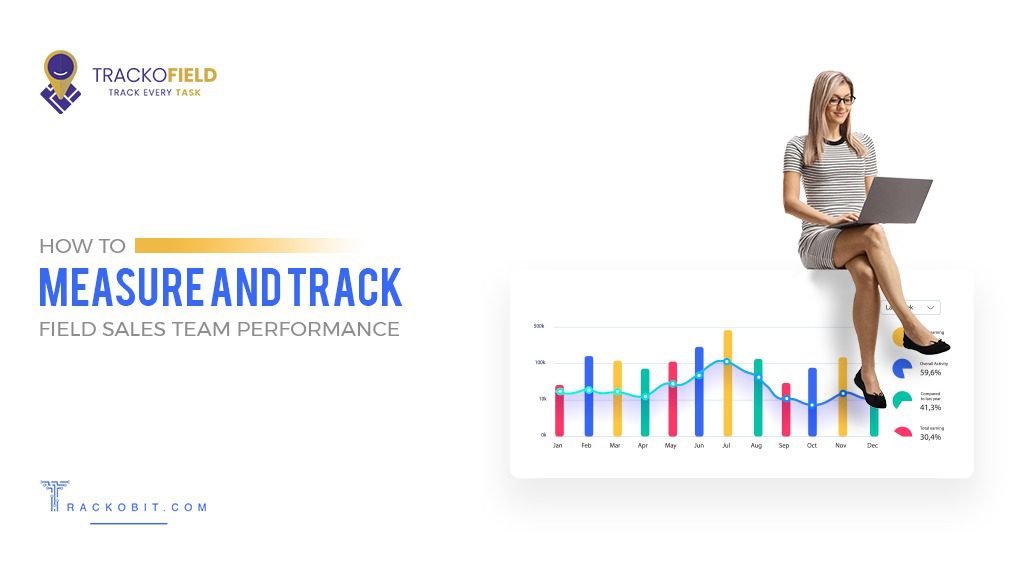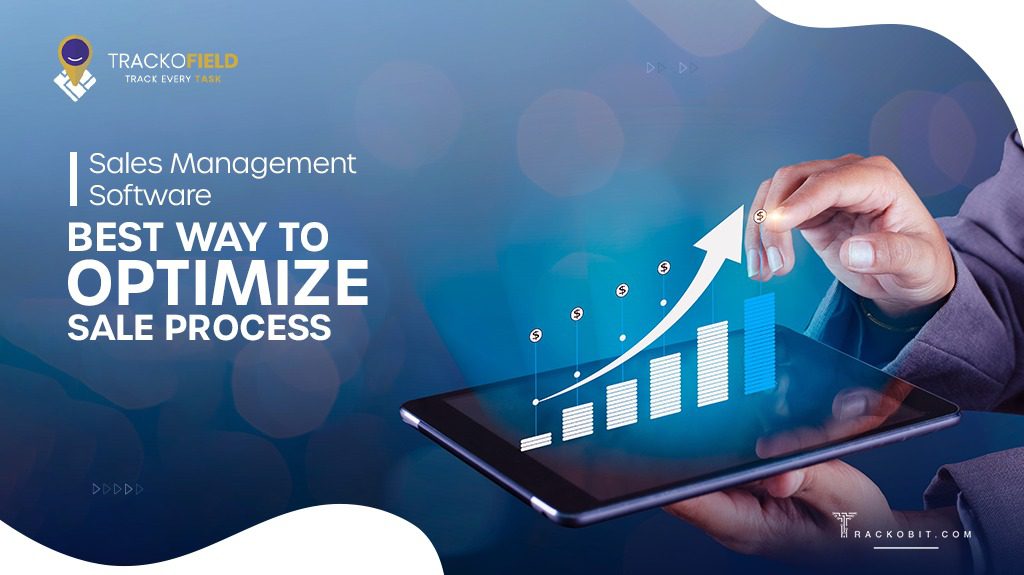What is Sales Force Automation (SFA)?
Sales Force Automation is a software that helps companies automate low-level and menial sales tasks. Because of automation, your team does not have to stress about anything other than dealing with client and resolving their queries.
Traditional sales automation has two prime uses. The first is focused on capturing and updating custom information, such as extracting relevant data from emails. The second is workflow automation, where actions in the sales process trigger once manual tasks like sending quotes for approval.
How Does Sales Force Automation Work?
Sales force automation software makes the sales process more lucrative for sellers. Right from activity tracking to sales reporting, the software automates a bunch of tasks.
- Activity and opportunity management: It automatically prioritises leads most likely to convert, asses win probability and keep sales engagement on track.
- Account and contact management: It alerts sellers when a deal needs more attention. Gives sellers enhanced visibility into each customer’s every interaction, sale, and activity. SFA can be used to update appointments, and tasks, complete call logs, assign follow-ups and add contacts.
- Sales planning and performance: The software automatically analyses the effectiveness of sales activities and alerts reps and managers to deals requiring more attention and engagement.
- Mobile capabilities: Easily complete tasks and move deals faster. Utilises digital assistance that responds to voice or text to enter customer data and get the work done quickly.
What are the Benefits of Sales Force Automation?
The prime purpose of sales force automation software is to save time and streamline sales processes. Here are some benefits of it:
- Highly Efficient Teams: Automating a few sales stages helps your teams focus on high-value tasks, boost sales productivity and increase deal closure.
- Shorter and Smarter Sales Cycles: Your salesperson does not have to question “what to do next”. The software moves the lead through the process on its own, thus shortening the sales cycle. It can help optimise the pre-presale and post-sale cycles as well.
- Reach Out to Customer Faster: Sales automation reduces delayed TAT. Automation allows employees to promptly respond to customers, improve conversions and beat the competition.
- No More Missed Opportunities: Automated reminders and nurturing sequences ensure no deal or opportunity is missed.
- Builds an Error-Free Sales Process: Lead details, activities, and meeting notes can all be recorded in one place with salesforce automation.
- Real-time Reports for Strategic Planning: Sales force automation tools also generate real-time reports using data collected by salespeople while iterating with customers.
Difference Between CRM and SFA
Let’s understand the difference between the two tools:
- Improves Process: SFA improves sales cycles and outcomes, whereas CRM improves customer satisfaction and retention.
- The Software is Used By: Sales Reps use SFA for reminders and meeting schedules. It streamlines the sales process. Marketers can use a CRM solution to manage and optimise campaigns and lead journeys.
- Tracks: SFA tracks sales progress, quotas, and important KPIs. CRM tracks communication with customers.
- Manages: SFA manages the sales team workflow and pipelines. CRM monitors services and support interactions.




































